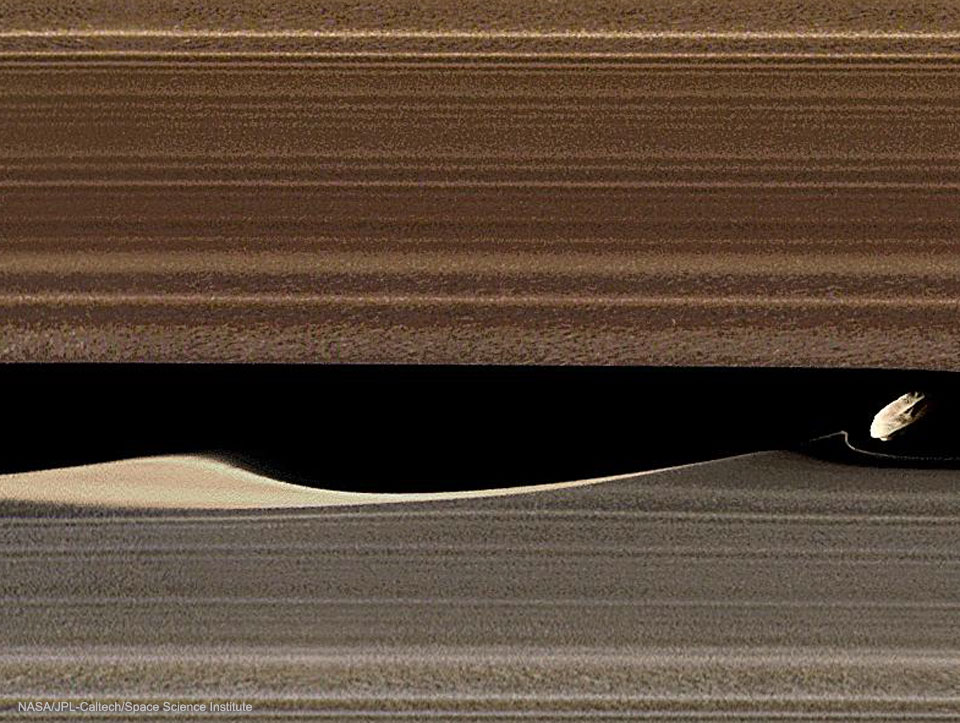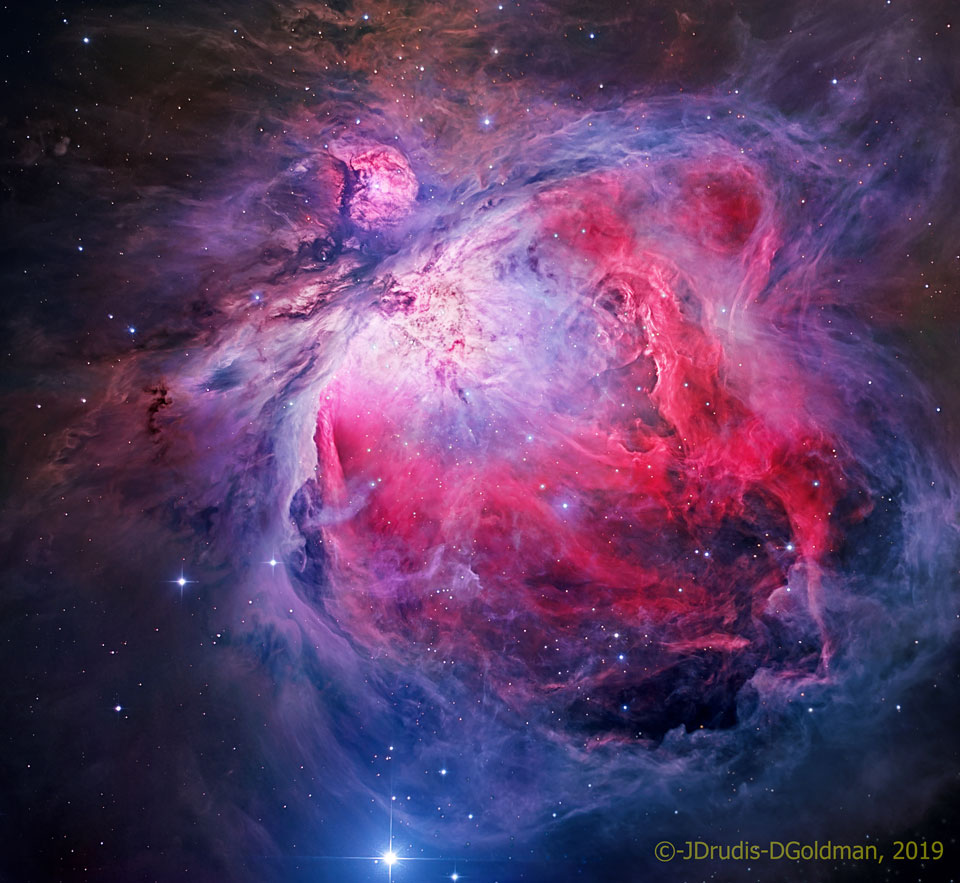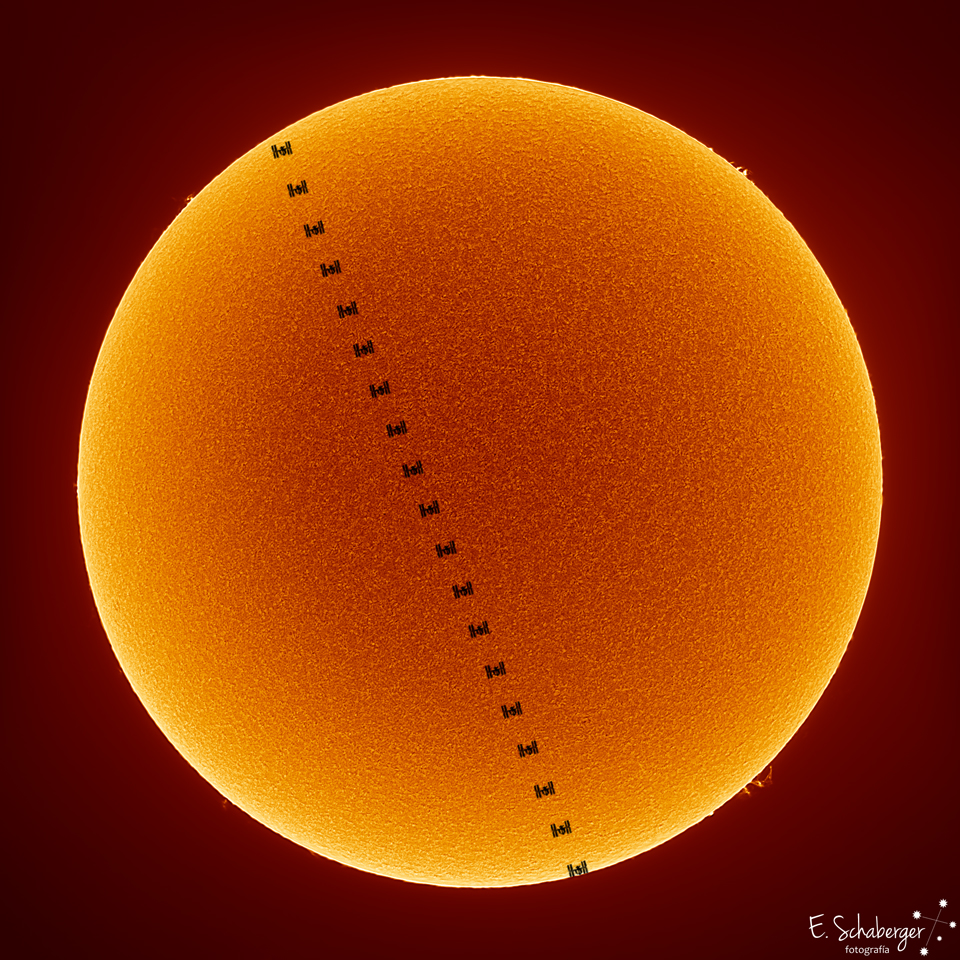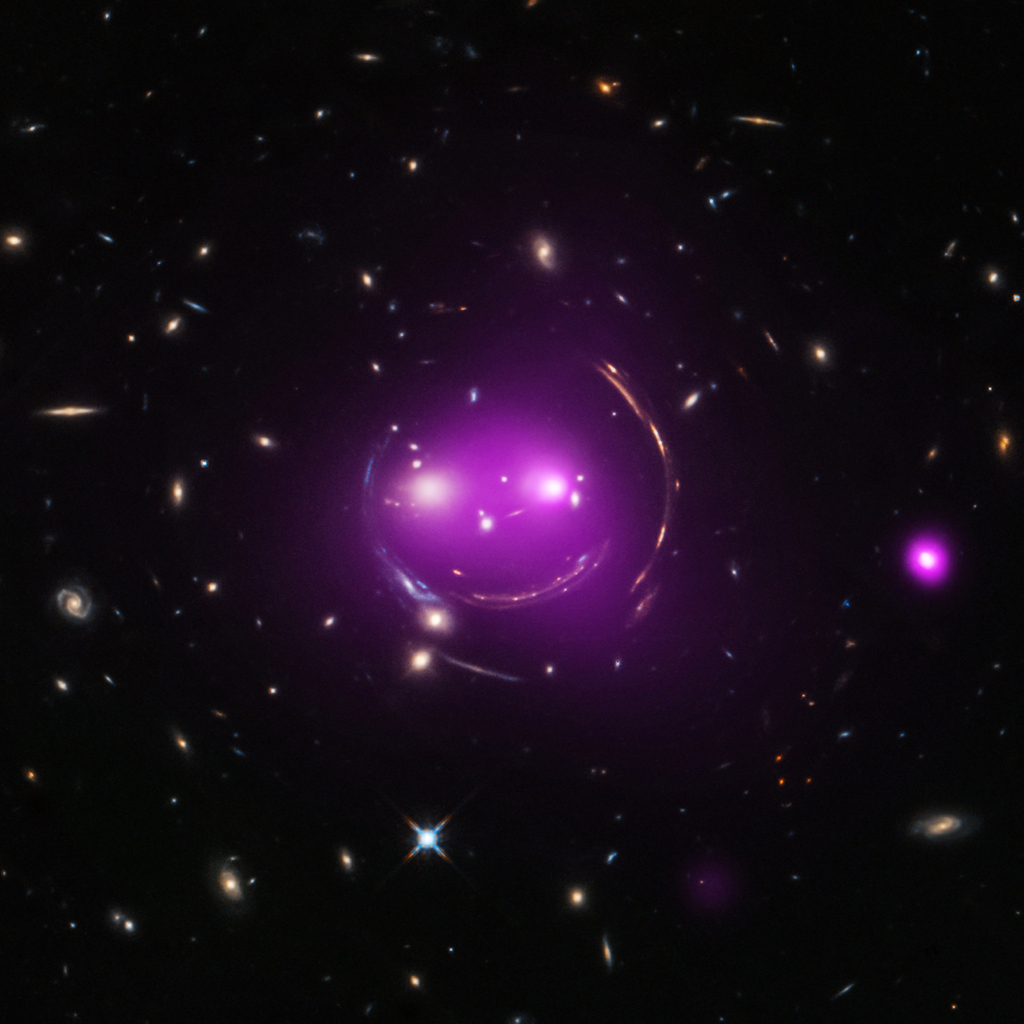礁湖星云中央附近的影像
2019 November 4 Near the Center of the Lagoon Nebula Image Credit & Copyright: Zhuoqun Wu, Chilescope Explanation: Stars are battling gas and dust in the Lagoon Nebula but the photographers are winning. Also known as M8, this photogenic nebula is visible even without binoculars towards the const […]










